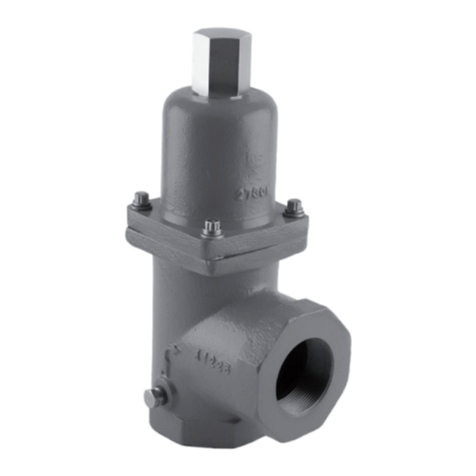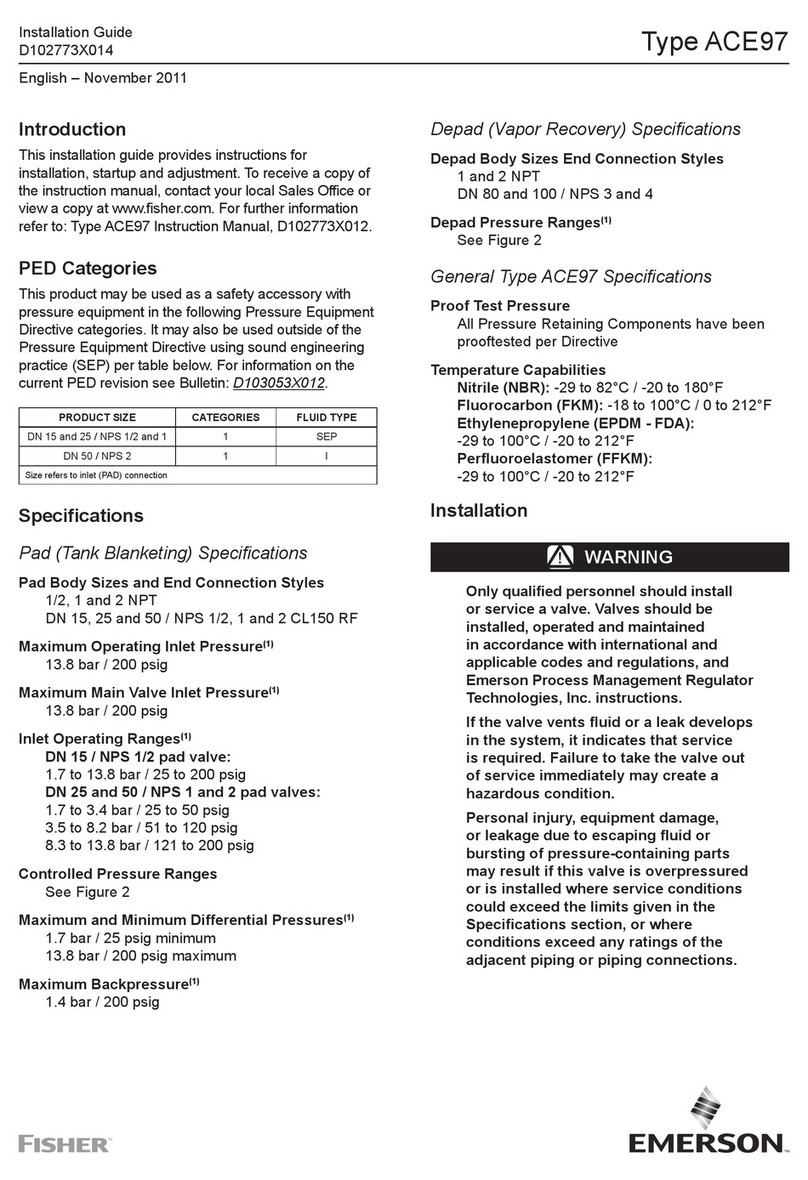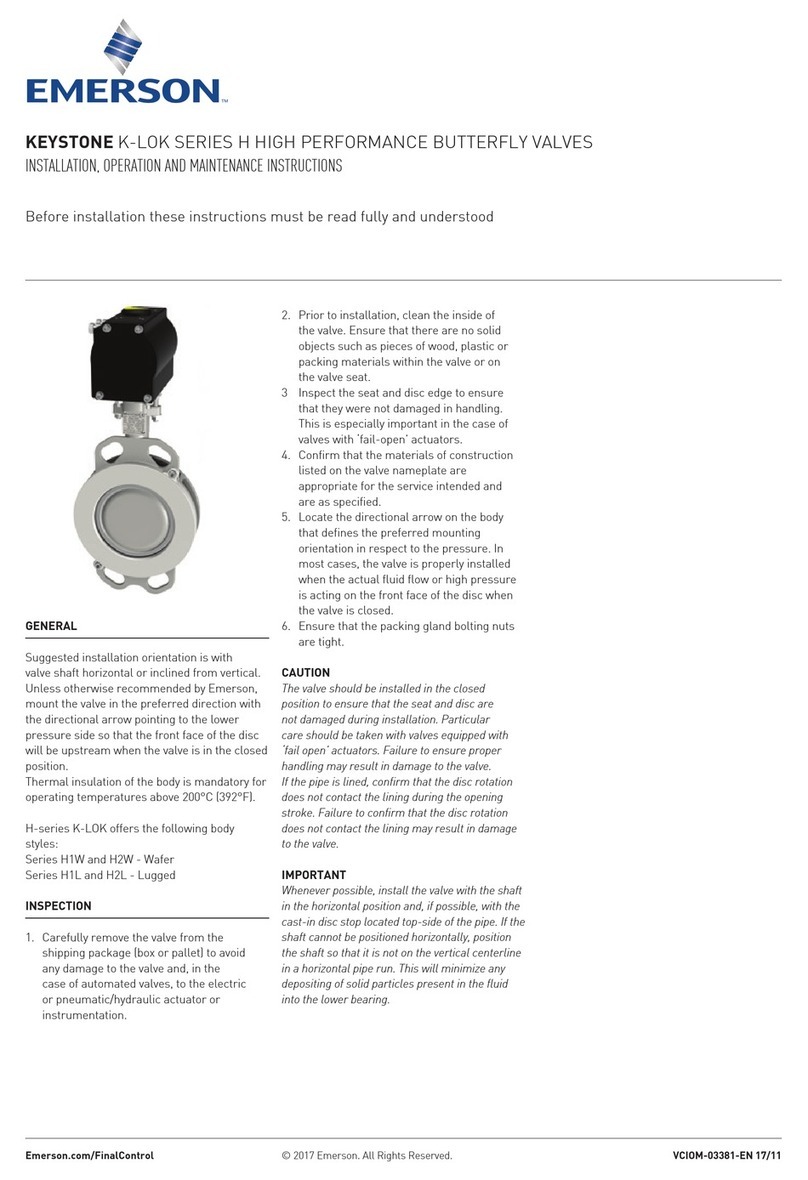Emerson Fisher Large ET User manual
Other Emerson Control Unit manuals
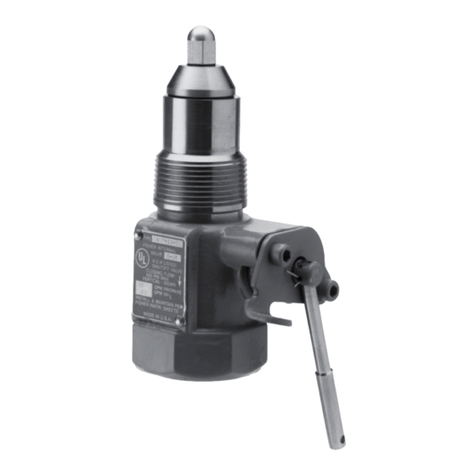
Emerson
Emerson Fisher C407-10 User manual
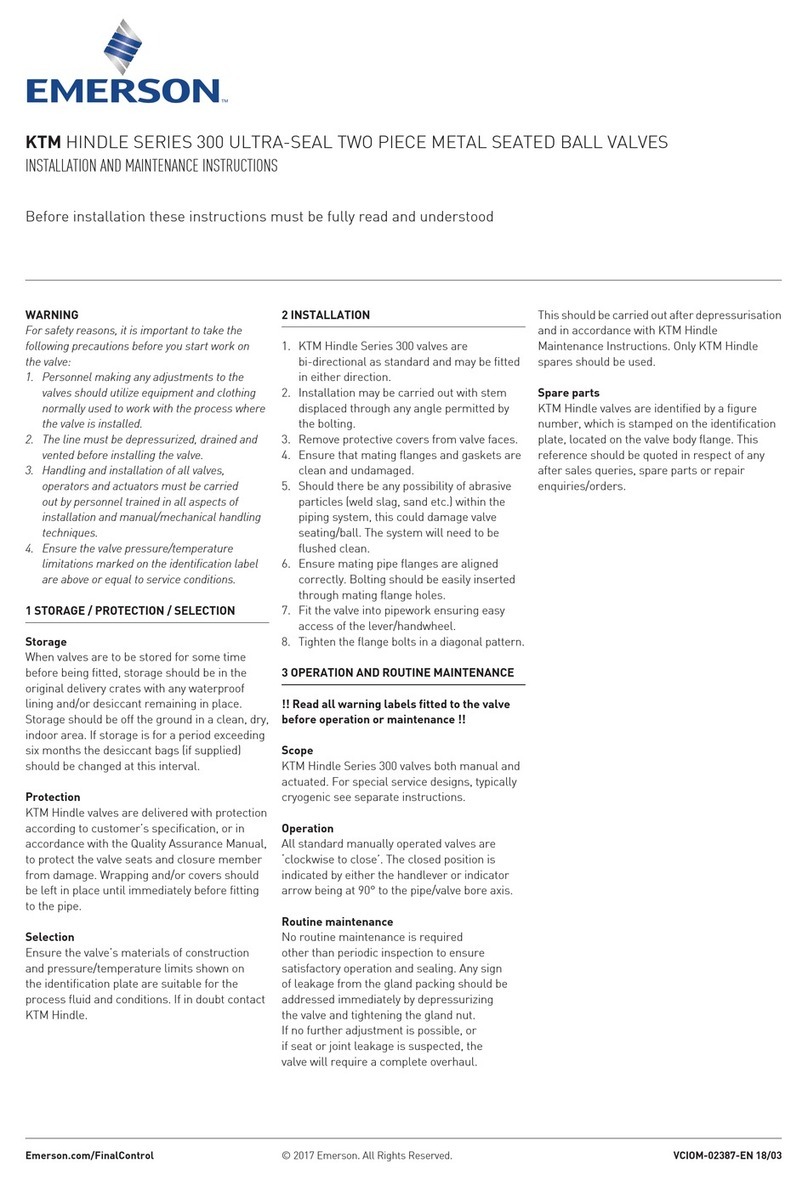
Emerson
Emerson KTM Hindle 300 Series User manual
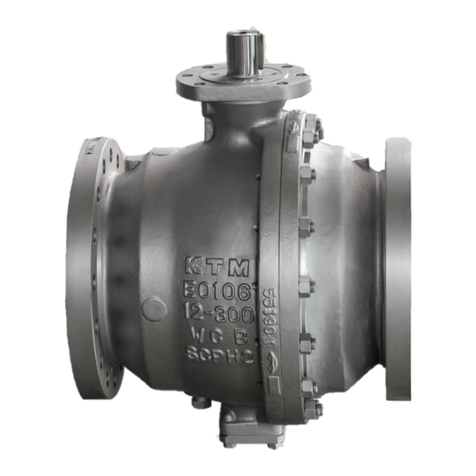
Emerson
Emerson KTM Series Manual

Emerson
Emerson Fisher EZ easy-e User manual

Emerson
Emerson Asco 330 Series User manual
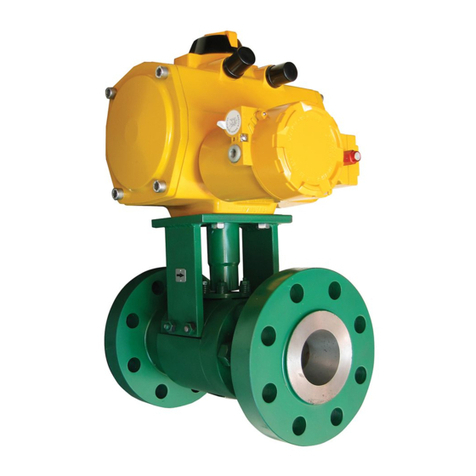
Emerson
Emerson Fisher Z500 User manual
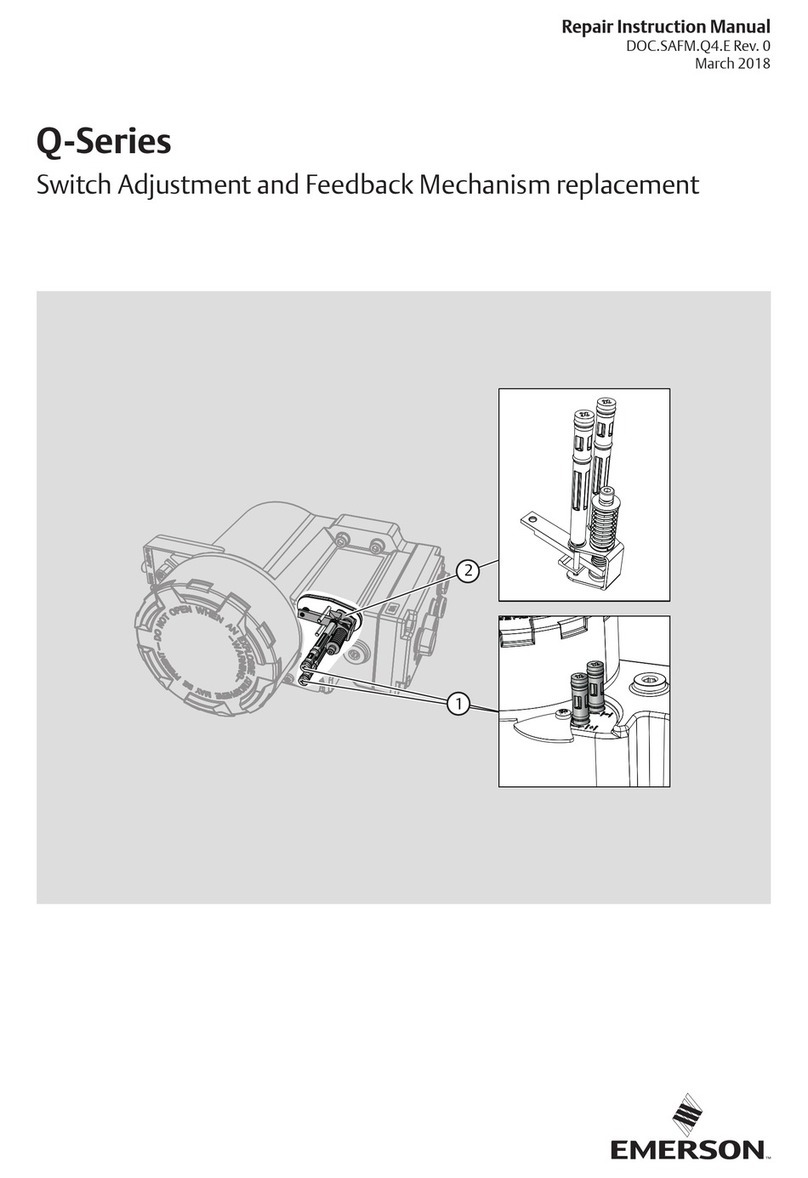
Emerson
Emerson Q Series Setup guide

Emerson
Emerson Fisher H200 Series User manual
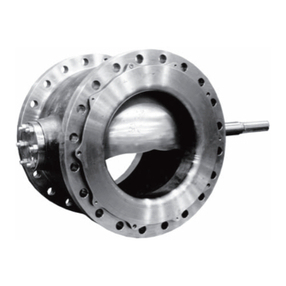
Emerson
Emerson Fisher Vee-Ball V150 User manual

Emerson
Emerson KTM OM-2 GRATITE User manual

Emerson
Emerson Fisher Operating and maintenance manual

Emerson
Emerson CASH VALVE C776 User manual
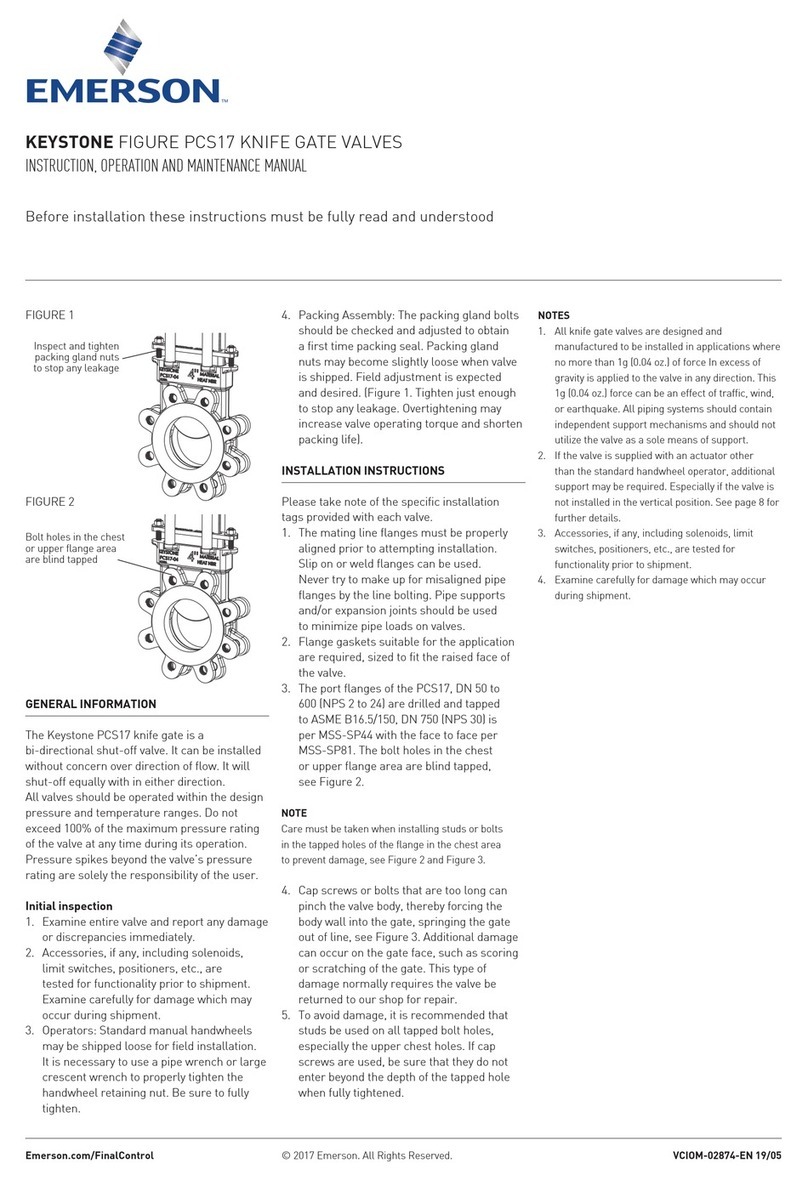
Emerson
Emerson KEYSTONE FIGURE PCS17 Operation and maintenance manual
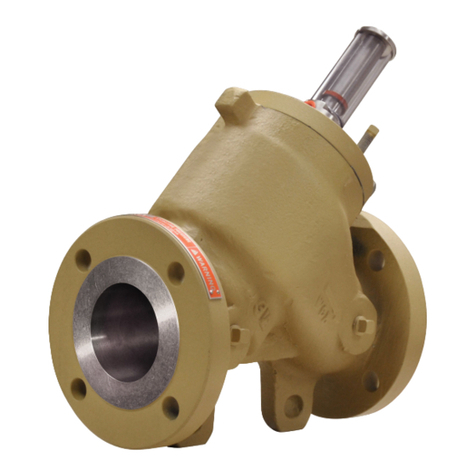
Emerson
Emerson Daniel 700 Series User manual
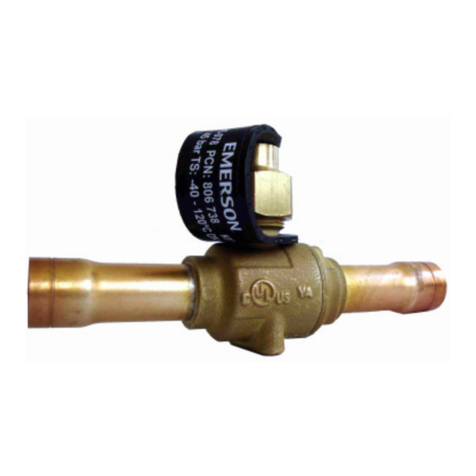
Emerson
Emerson BVE Series User manual

Emerson
Emerson Anderson Greenwood 727 Series User manual
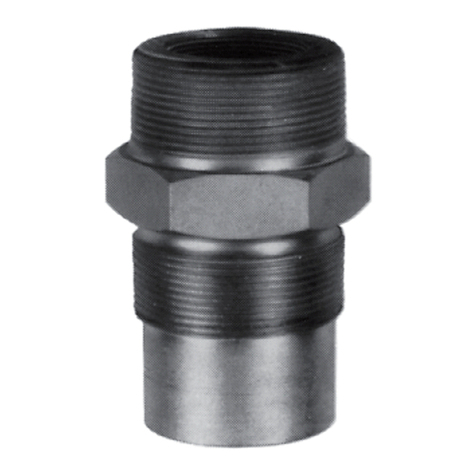
Emerson
Emerson FISHER F180 Series User manual

Emerson
Emerson Raimondi HPA 150 Installation and operating instructions
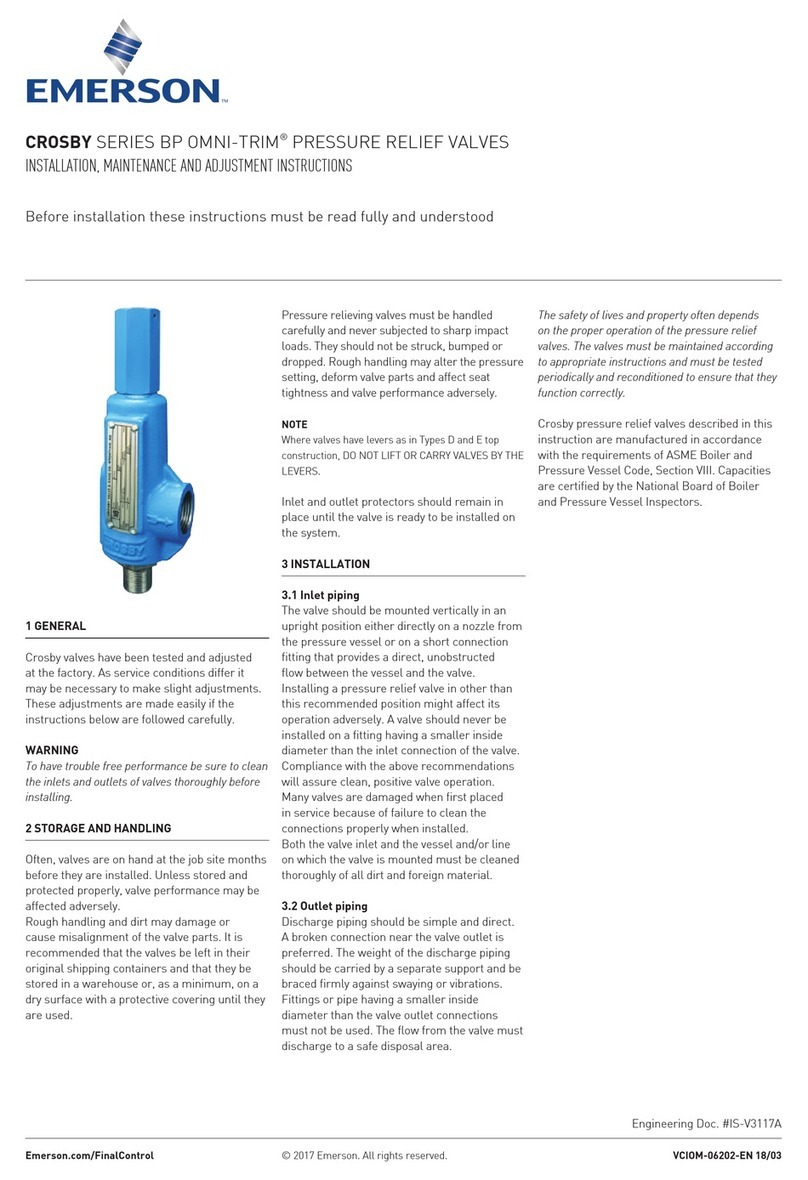
Emerson
Emerson CROSBY BP SERIES Guide
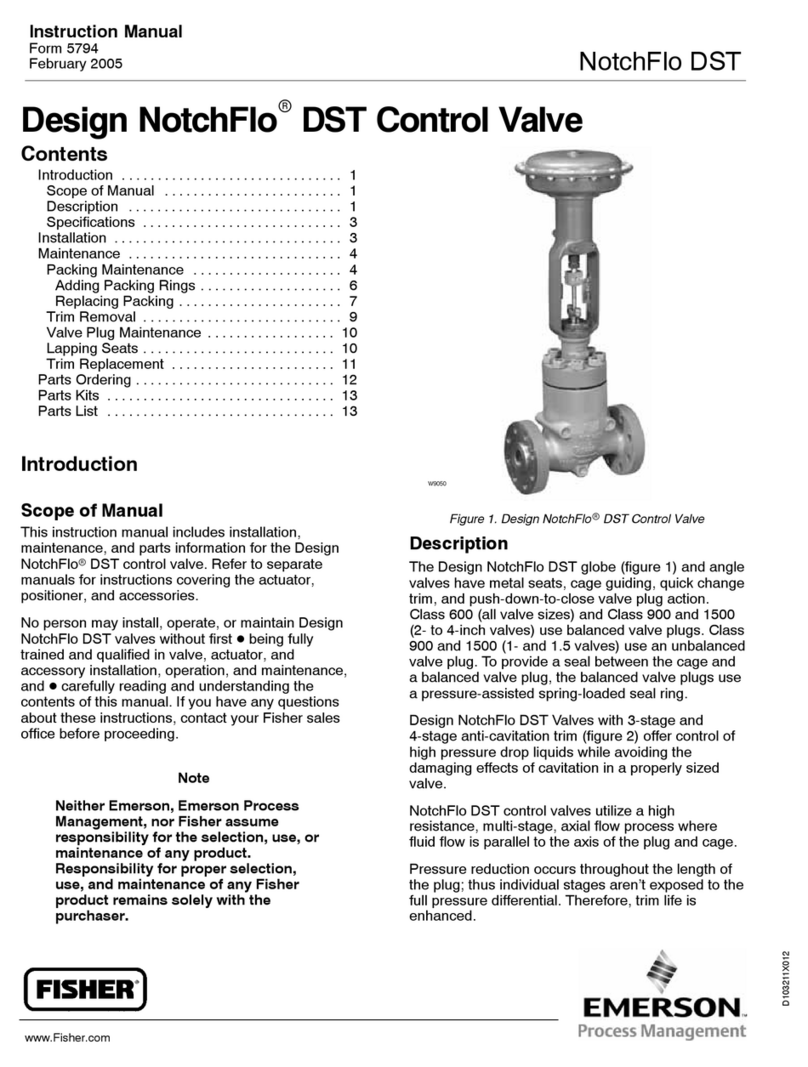
Emerson
Emerson FISHER NotchFlo DST User manual
Popular Control Unit manuals by other brands

Festo
Festo Compact Performance CP-FB6-E Brief description

Elo TouchSystems
Elo TouchSystems DMS-SA19P-EXTME Quick installation guide

JS Automation
JS Automation MPC3034A user manual

JAUDT
JAUDT SW GII 6406 Series Translation of the original operating instructions

Spektrum
Spektrum Air Module System manual

BOC Edwards
BOC Edwards Q Series instruction manual

KHADAS
KHADAS BT Magic quick start

Etherma
Etherma eNEXHO-IL Assembly and operating instructions

PMFoundations
PMFoundations Attenuverter Assembly guide

GEA
GEA VARIVENT Operating instruction

Walther Systemtechnik
Walther Systemtechnik VMS-05 Assembly instructions

Altronix
Altronix LINQ8PD Installation and programming manual
